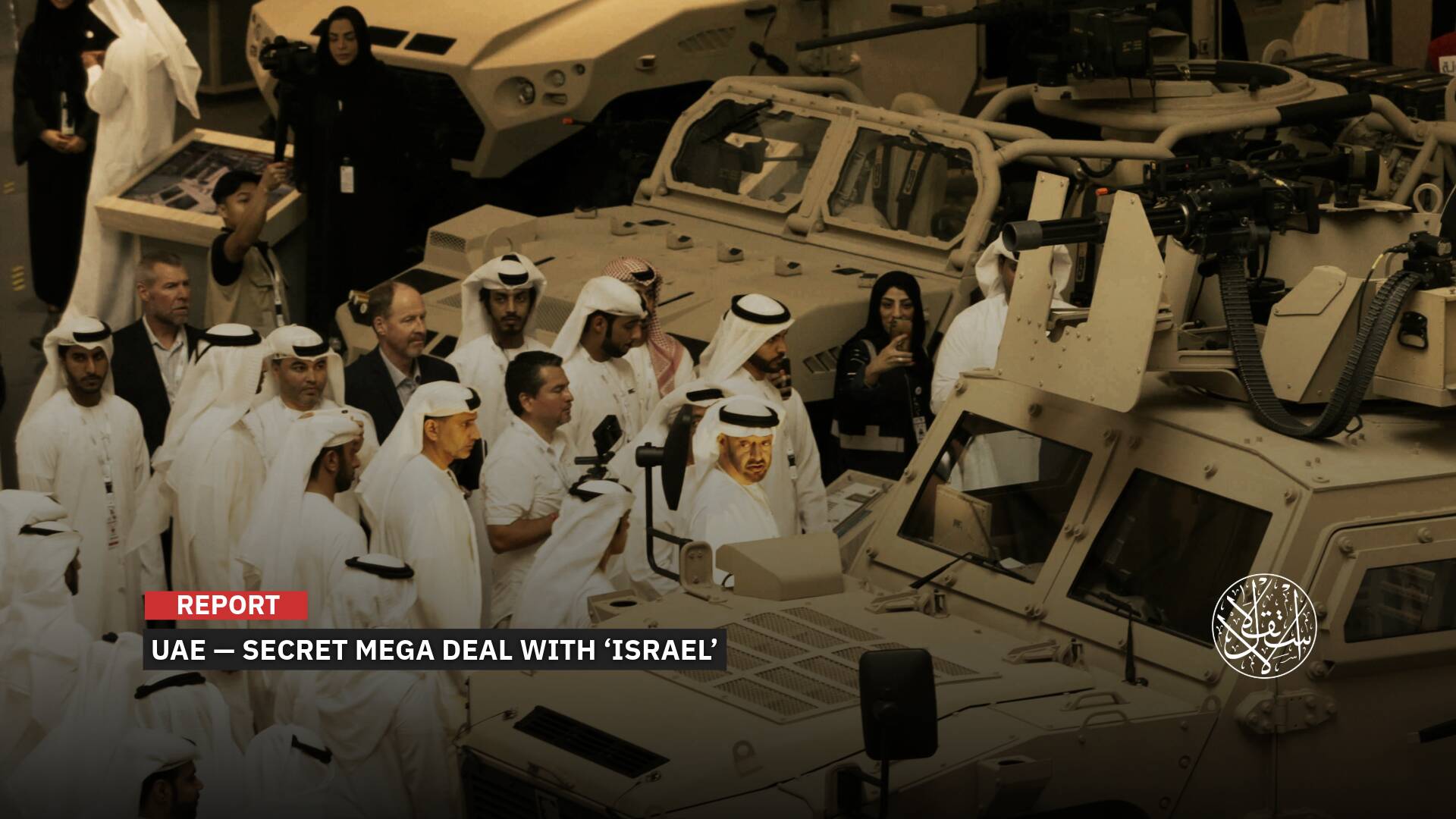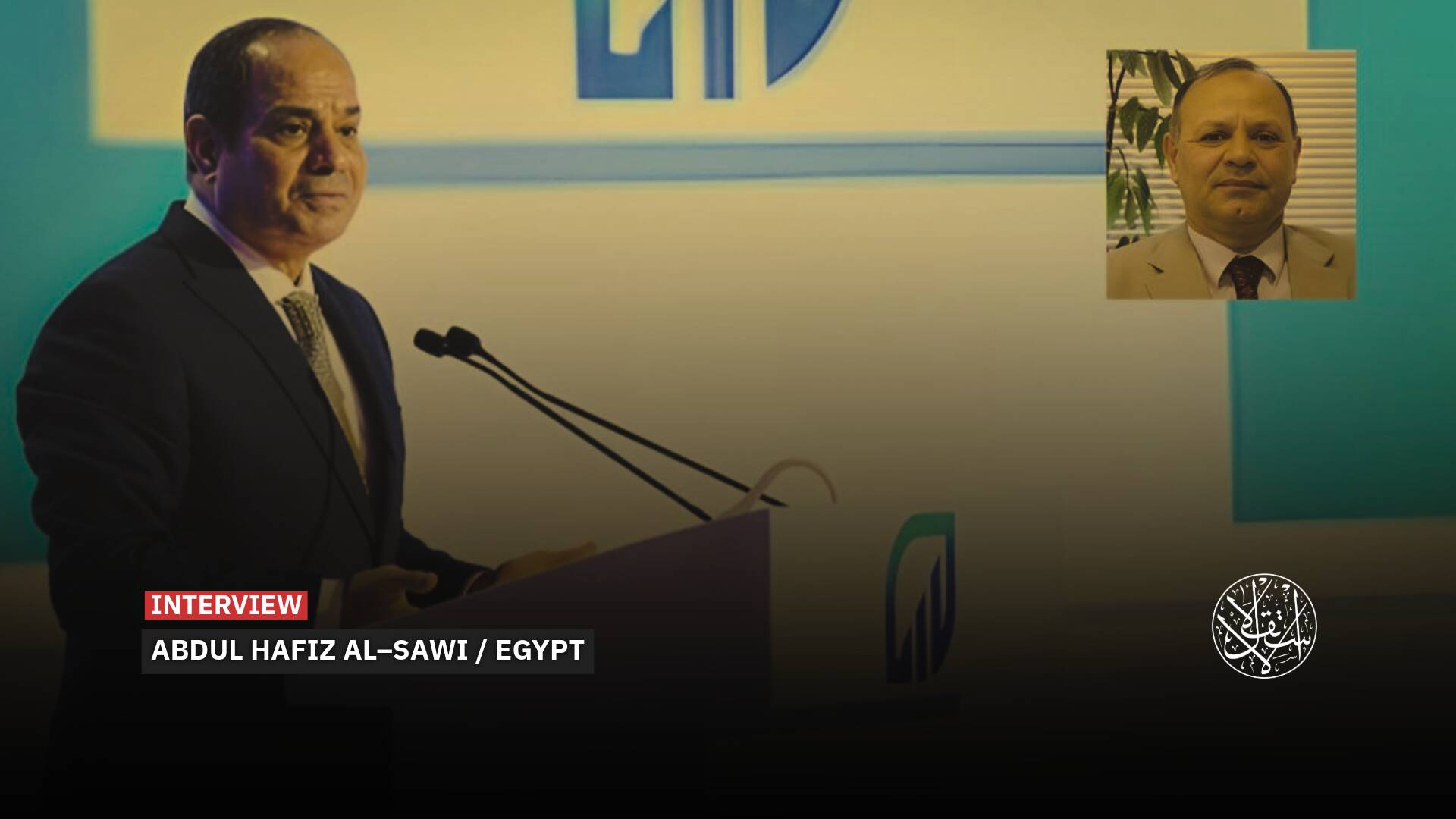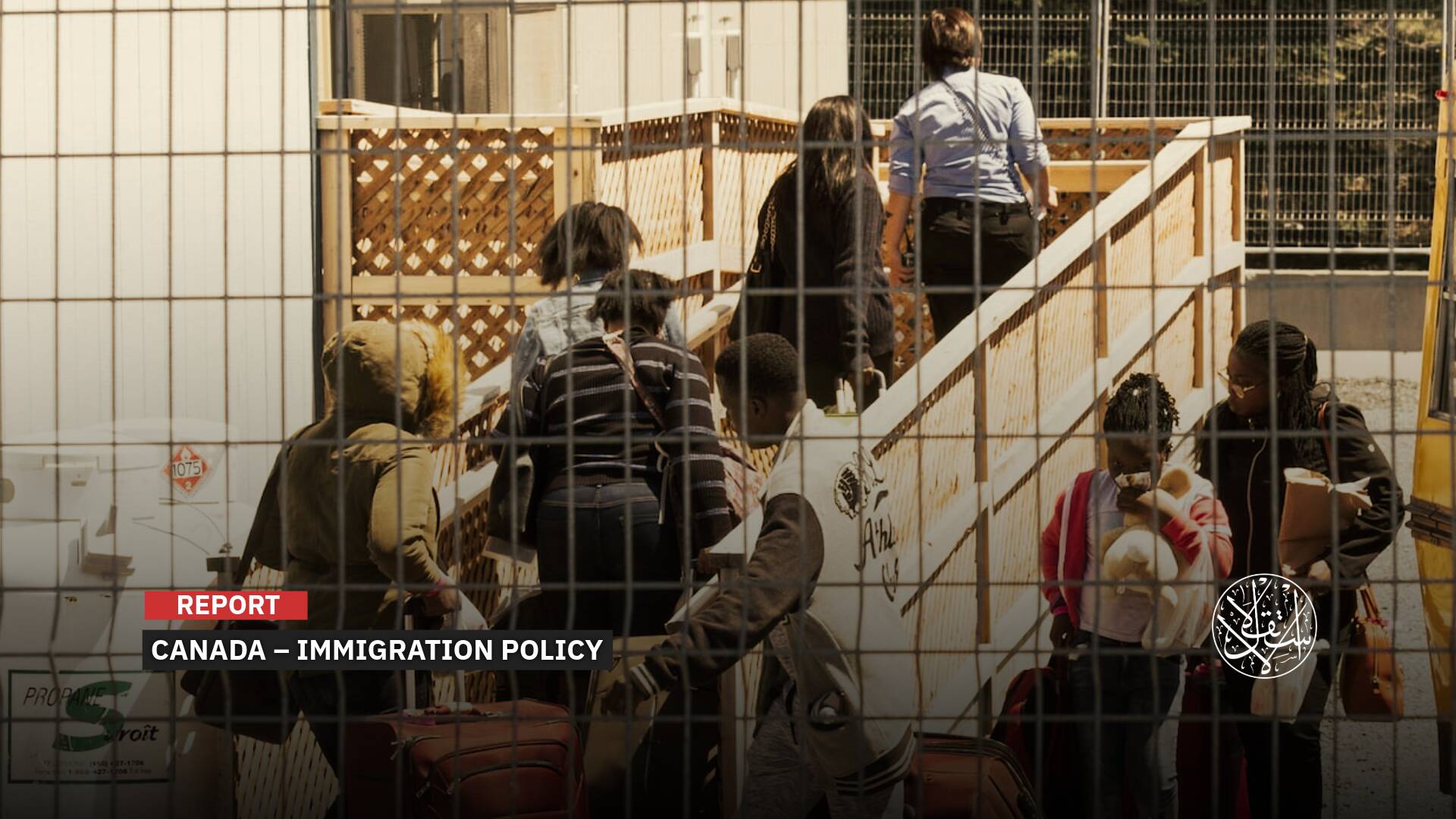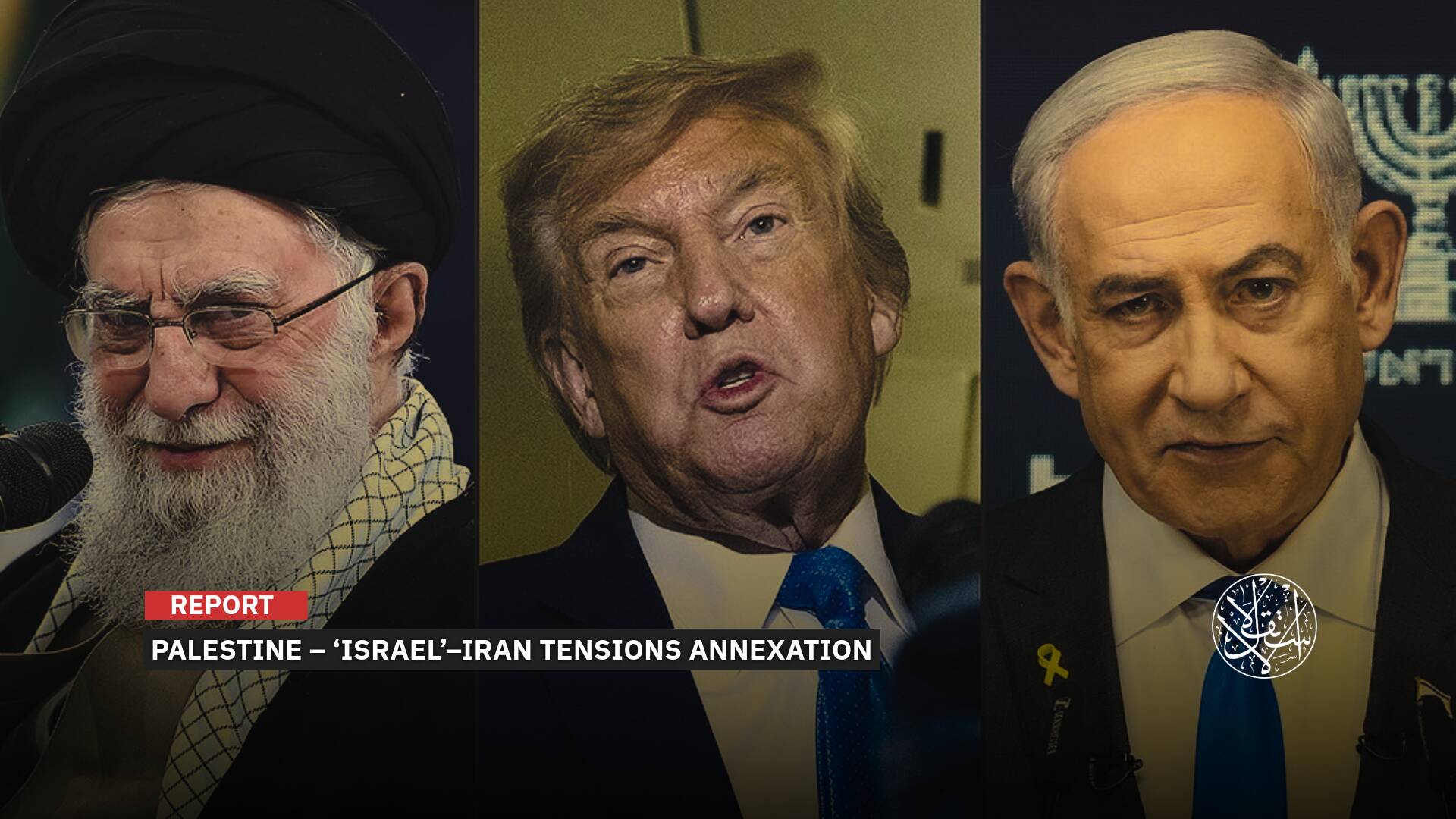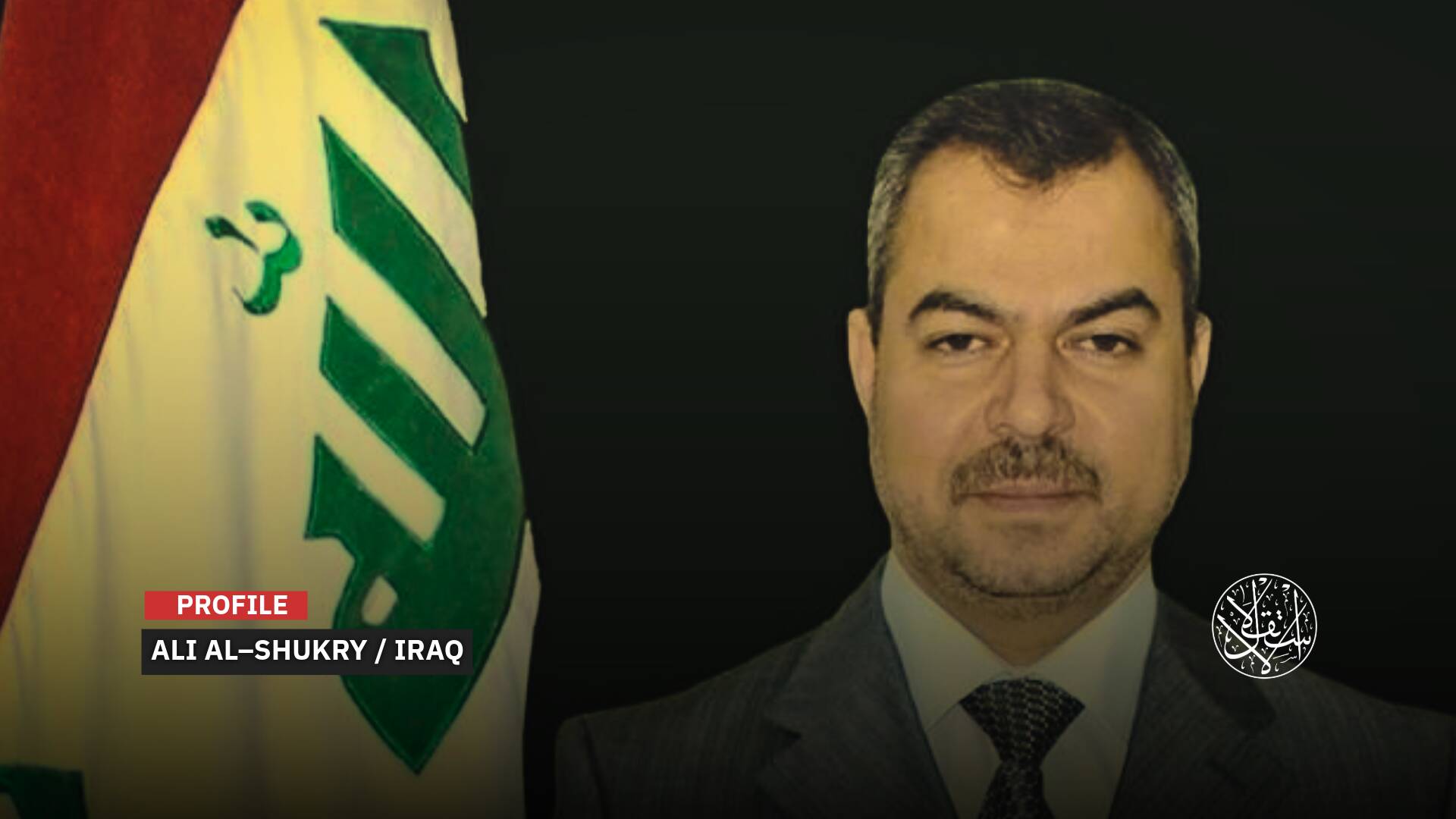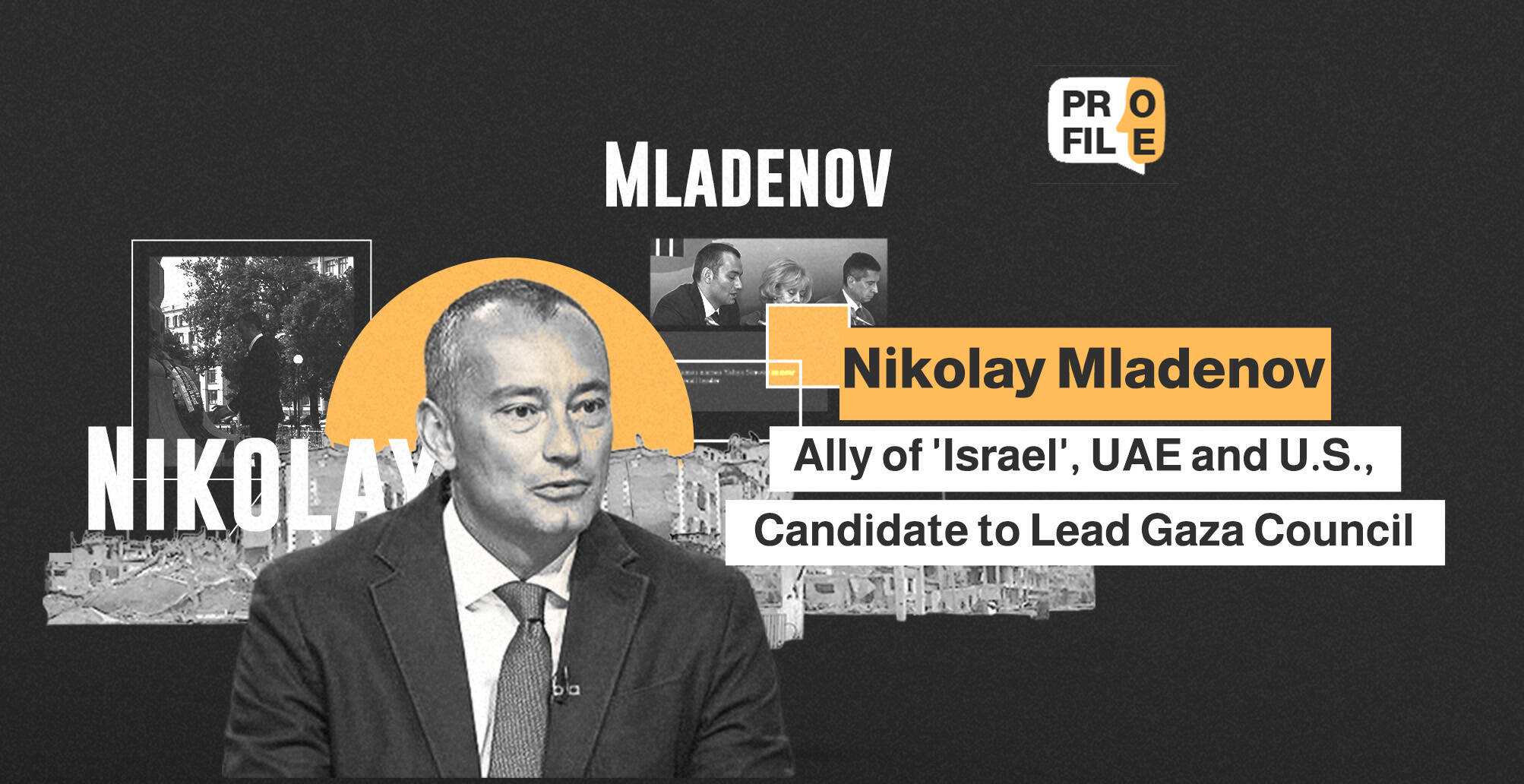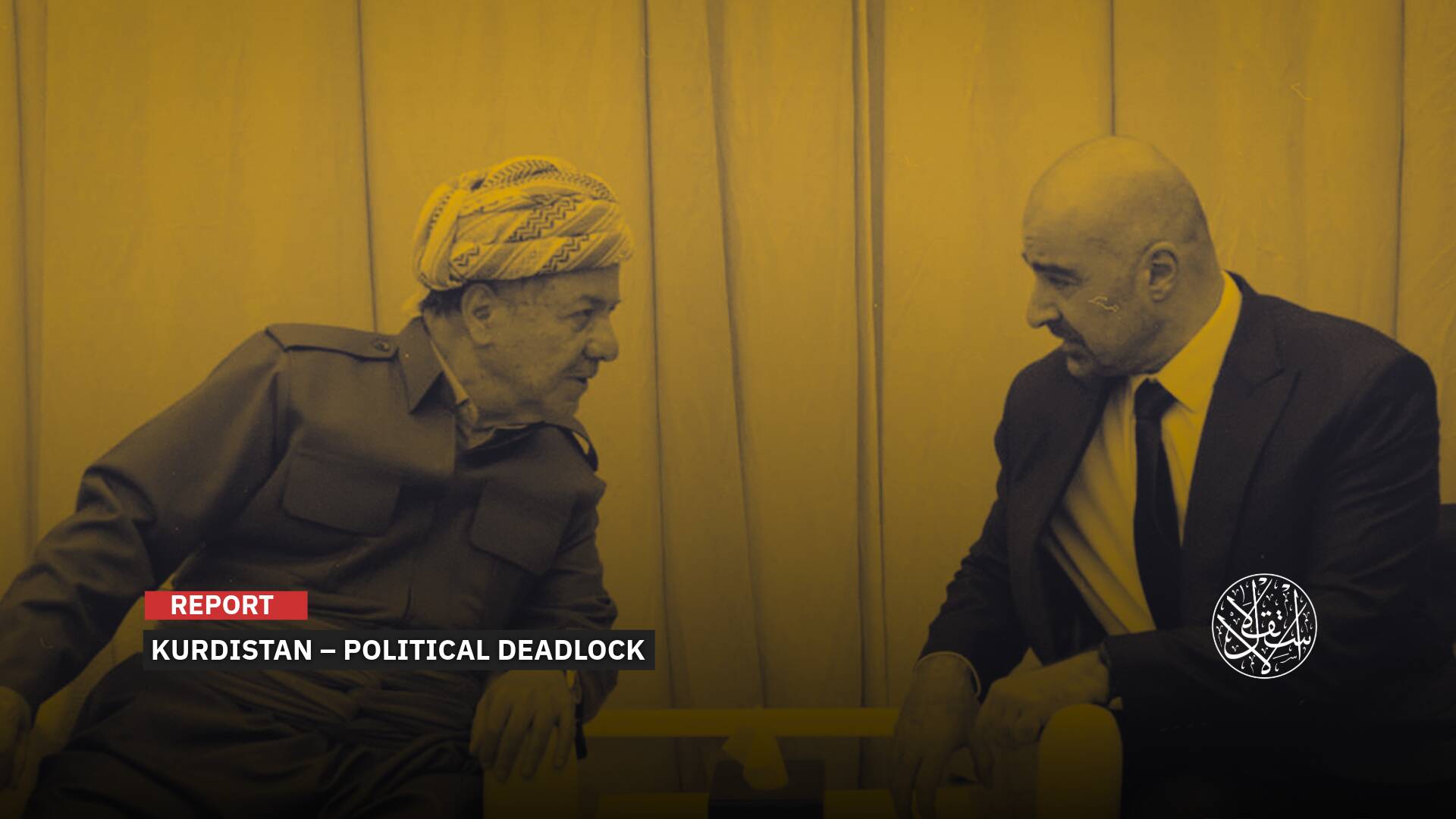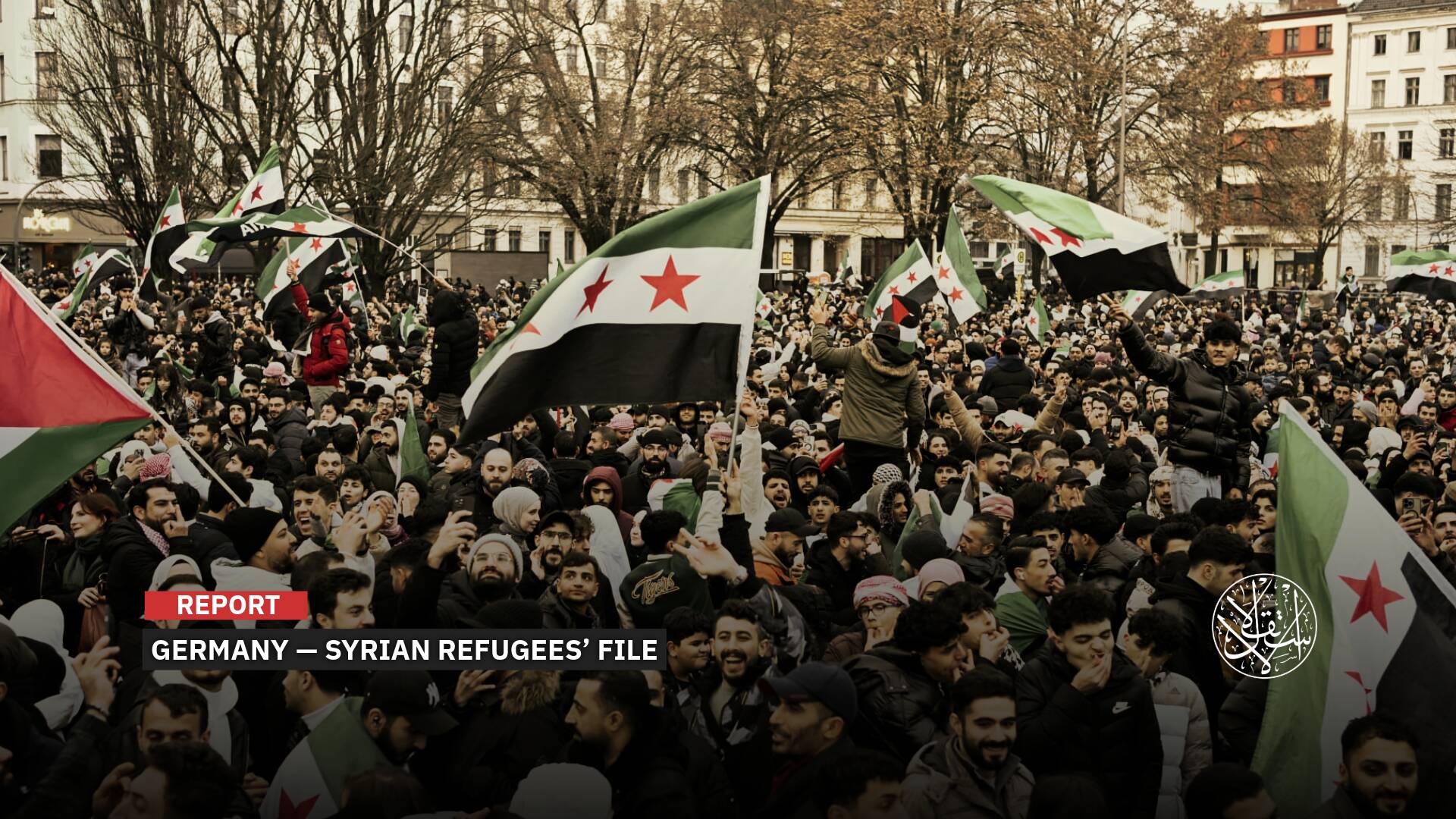Why Sudan’s RSF Militia Aim to Control ‘Merowe’ and Destroy Its Vital Dam

Sudanese journalist: "Hemedti's attacks on Merowe confirm UAE's military support."
It was 3 p.m. on April 8, 2025, when residents in Merowe, a city in Sudan’s northern state, saw plumes of smoke rising into the sky.
Soon after, a military statement was issued by the 19th Infantry Division of the Sudanese Army, claiming that ground-based air defenses had intercepted drones belonging to the Rapid Support Forces (RSF) militia, which had targeted the Merowe Dam.
The military reported that the attack caused some damage (without providing specifics), highlighting the militia’s increasing efforts to sabotage civilian infrastructure.
It reiterated its full readiness to counter any threats in the skies over Merowe and the northern state at large.
On April 2, Abdul Rahim Daglo, the brother of Mohamed Hemedti, commander of the RSF militia, had declared in Darfur, during a speech to a new batch of militia recruits, that "the next battle will be in northern Sudan."
What are the reasons behind the Rapid Support Forces’ militia targeting of Merowe? What are the dangers of bombing its dam? And how will the military respond to these challenges?
Merowe Attacks
The recent attack on Merowe was not the first in the RSF militia’s determined effort to target the strategic city.
On April 4, drones belonging to the militia forces attempted to strike the dam, but were intercepted by ground-based air defenses.
Thus, the second attack was the most dangerous and impactful, as it successfully struck the Merowe Dam, causing damage whose extent remains unclear.
It appears that the RSF militia is using the assault on the Merowe Dam as part of a broader strategy, with further objectives and movements in mind.
On January 13, 2025, their drones targeted the dam, igniting fires in the power stations and causing a near-total blackout across large parts of the country, particularly in the north.
According to a report from the World Bank, the Merowe Dam is one of the most significant projects in boosting Sudan's electricity production by 30%, while also improving the sustainability of the country’s water resources.

Merowe Threat
Targeting the Merowe Dam poses a significant threat to Sudan and the surrounding region in the event of its collapse.
Located on the Nile River, the Merowe Dam is the Sudanese dam closest to Egypt’s Aswan High Dam, with just 671 kilometers separating the two.
The dam was specifically designed to generate electricity and supply water, playing a crucial role in meeting Sudan's renewable energy needs.
With a production capacity of around 1,200 megawatts, it is the country’s largest source of electricity, according to reports from Sudan’s Ministry of Electricity.
The dam’s output is distributed across various regions to meet the balanced needs of industrial, agricultural, and urban areas.
Local newspapers have long described the Merowe Dam as the "safety valve" for Sudan’s electricity supply.
According to the Sudanese government, the dam plays a key role in energy production and boosting the country’s agricultural capacity by providing irrigation to hundreds of thousands of acres, particularly in the northern regions.
The repeated targeting of the dam by the RSF militia has led to widespread power outages, affecting areas including Port Sudan, Omdurman, and Atbara.

Merowe Battles
The confrontations between the Sudanese Army and the RSF militia began in Merowe, right at the outset of the war, with the city witnessing decisive battles.
On April 12, 2023, just three days before the war officially broke out, the Sudanese Armed Forces militia’s spokesperson announced that the RSF militia had mobilized large troops in Merowe without notifying the army.
He noted that the Sudanese Armed Forces from other regions were called in to address the situation, with the RSF militia being given 24 hours to withdraw from their position in Merowe. "If they fail to do so, they will be forced to leave," he stated.
On the same day, footage emerged showing reinforcements from the Sudanese Army arriving in Merowe.
Sudanese media reported that the Northern State government was taken by surprise when 100 military transport vehicles belonging to the RSF militia appeared near Merowe Airport, without any prior coordination with state authorities.
With the first shot of the Sudanese war fired, the RSF militia announced that they had seized Merowe Airport and detained several Egyptian officers and soldiers there, along with an aircraft bearing the insignia of the Egyptian Air Force.
On April 16, 2023, the Sudanese Armed Forces announced the rescue of a brigadier and a colonel, along with 204 Egyptian soldiers.
The military also declared its capture of the airport, releasing footage showing military vehicles storming the base.
It went on to state that some RSF militia commanders fled with their troops, while others surrendered.
Although the army was suffering heavy losses at the time, with several regions—including large parts of the capital Khartoum—falling into the hands of the RSF militia, it remained determined to reclaim Merowe and prevent its fall.
On April 18, 2023, the military announced its complete control over the city.

Merowe’s Strategic Importance
Merowe holds significant strategic importance, housing both a military and a civilian airport, along with an airbase.
Its military airport oversees aerial operations across northern, eastern, and western Sudan, serving as a vital supporting airbase for other military installations in the country.
Merowe’s military airport is the largest in Khartoum in terms of both area and capacity, accommodating fighter jets and transport aircraft.
In March 2017, the airbase hosted joint military exercises and maneuvers between the Sudanese and Egyptian armies.
One of the airport's key features is its ability to operate year-round, even in conditions of zero visibility, thanks to its modern automated landing systems.
It can accommodate large aircraft, such as the Airbus models, and has the capacity to handle up to nine planes simultaneously—a capability not found at other airports in Sudan.
The Sudanese Air Force has used the airport to target RSF militia positions across several key sites and states, from Khartoum and Omdurman to the Gezira state.
Merowe is home to the 19th Infantry Division of the Sudanese Army, tasked with protecting the region’s strategic facilities and preventing their fall.
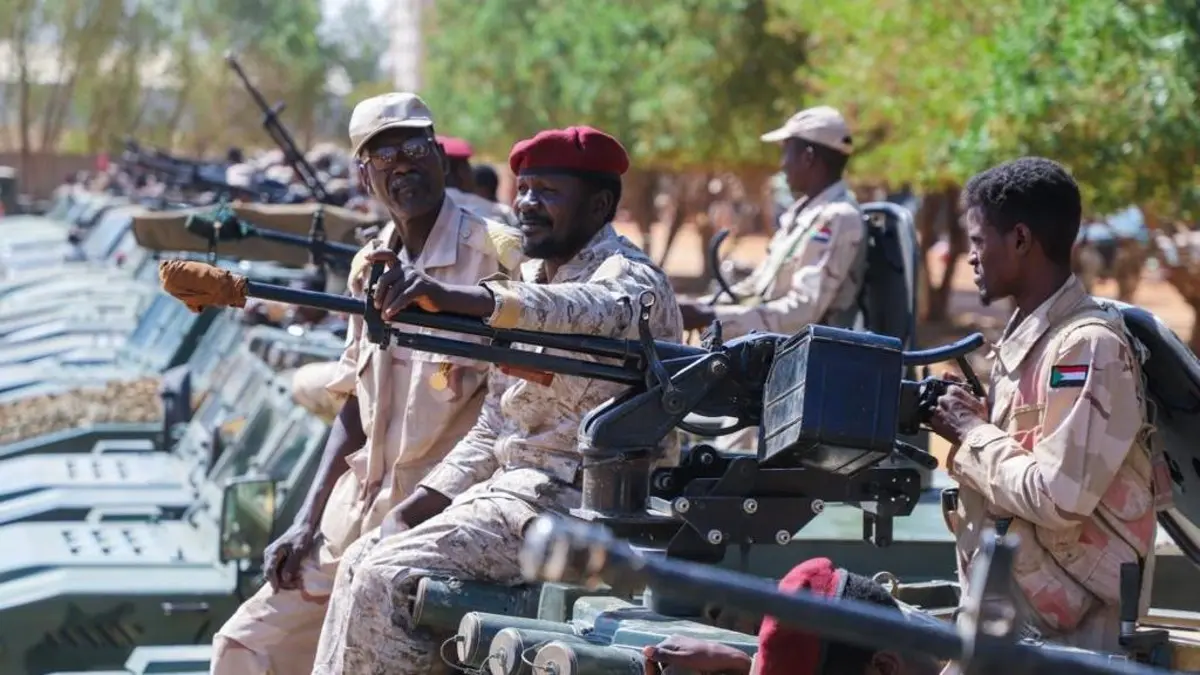
RSF Ambitions
Regarding the RSF militia's efforts, led by Hemedti, to seize Merowe and turn it into a perpetual zone of instability, Sudanese journalist Mohamed Nasr explains that the region "holds high geostrategic military value, as it lies on a crucial line connecting the center to the north."
"It also houses a vital dam that could be used as both an internal and external leverage, alongside a military airport capable of supporting drone operations, including supply runs, take-offs, and landings," He told Al-Estiklal.
Citing intelligence sources, he stated that estimates suggest the RSF militia aims to turn Merowe into a forward command center, enabling the management of operations in the north.
This would secure a new supply route through the desert toward Libya, providing alternative support lines beyond the army's control.
He added that the repeated attacks are part of a strategy to test the army's air defense capabilities in the north, using drone strikes.
Nasr emphasized that the Merowe attacks show an escalating pattern in recent times, confirming the presence of external technical and military support, believed to be coming from the UAE.
Sudan accuses the UAE of supporting the RSF militia, particularly through the provision of weapons—a claim denied by Abu Dhabi, though it has been acknowledged by United Nations experts and U.S. lawmakers.
This led Sudan to file a case with the International Court of Justice against the UAE, accusing it of supporting the RSF militia (also known as Janjaweed), which is implicated in serious human rights violations against civilians, particularly in the West Darfur region. The first public hearings began on April 10, 2025.
The Sudanese journalist suggested that Hemedti, or those managing him in Abu Dhabi, have a clear military strategy: to shift the fighting from Darfur and the RSF militia’s strongholds to the army’s key areas in the north.
He pointed out that this strategy aims to surprise the army and create confusion within its ranks by opening a new front in northern Sudan, while simultaneously provoking Cairo with a military presence near the Egyptian border. This could potentially draw Egypt into a more defined position in the conflict.
Hemedti aims to create a false balance on the battlefield, presenting the RSF militia as capable of shifting from a defensive posture to a well-organized offense, supported by significant external backing, according to the Sudanese journalist.
"However, this move could be a military gamble if the Sudanese army strengthens its air defenses, intensifies preemptive strikes, and secures its local support bases in Merowe, which reject any presence of rebel forces," he added.


